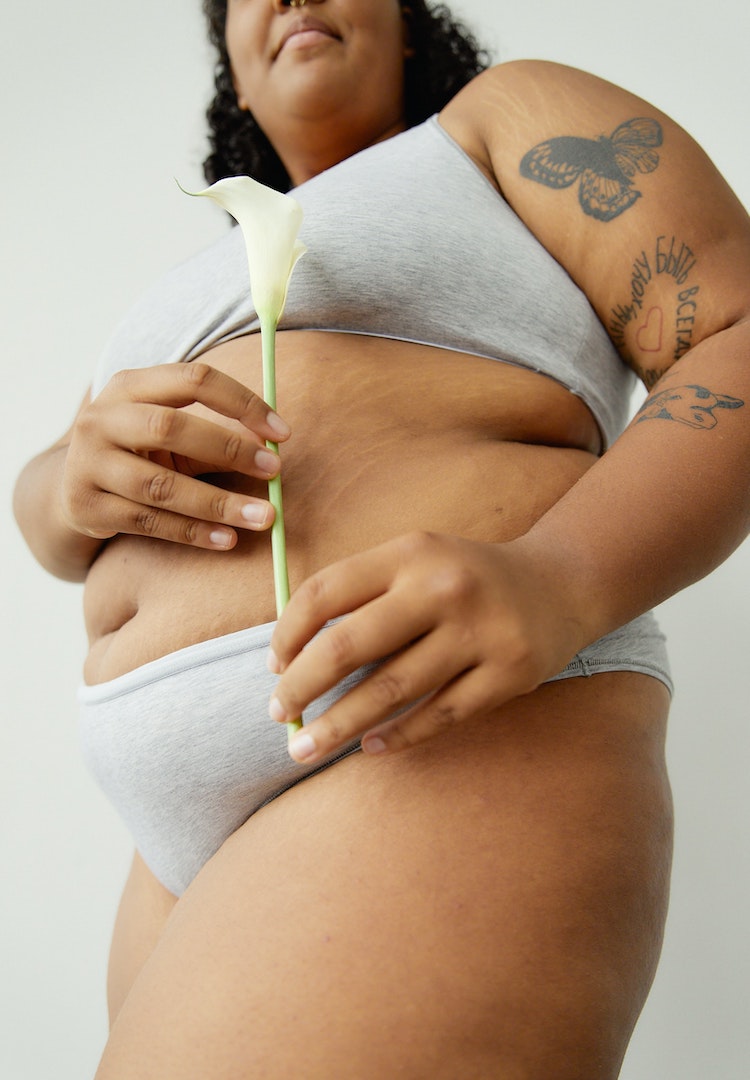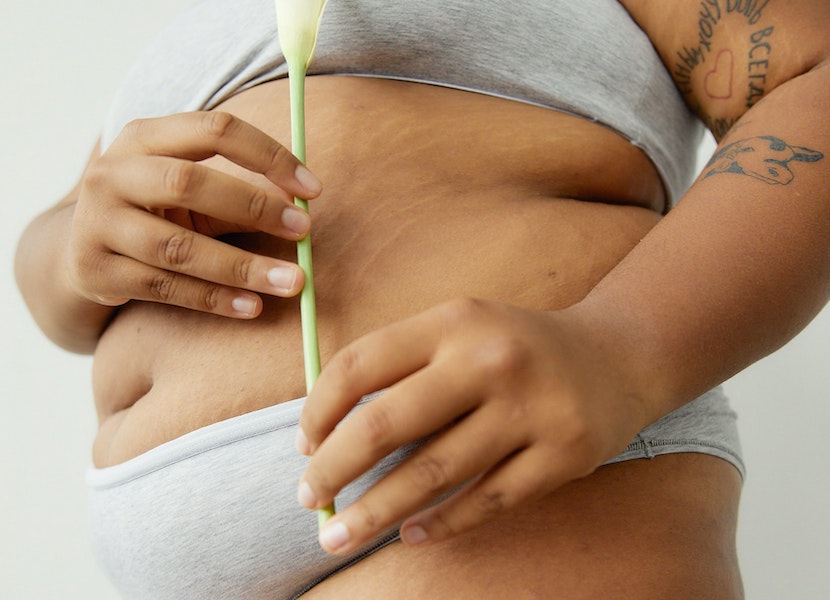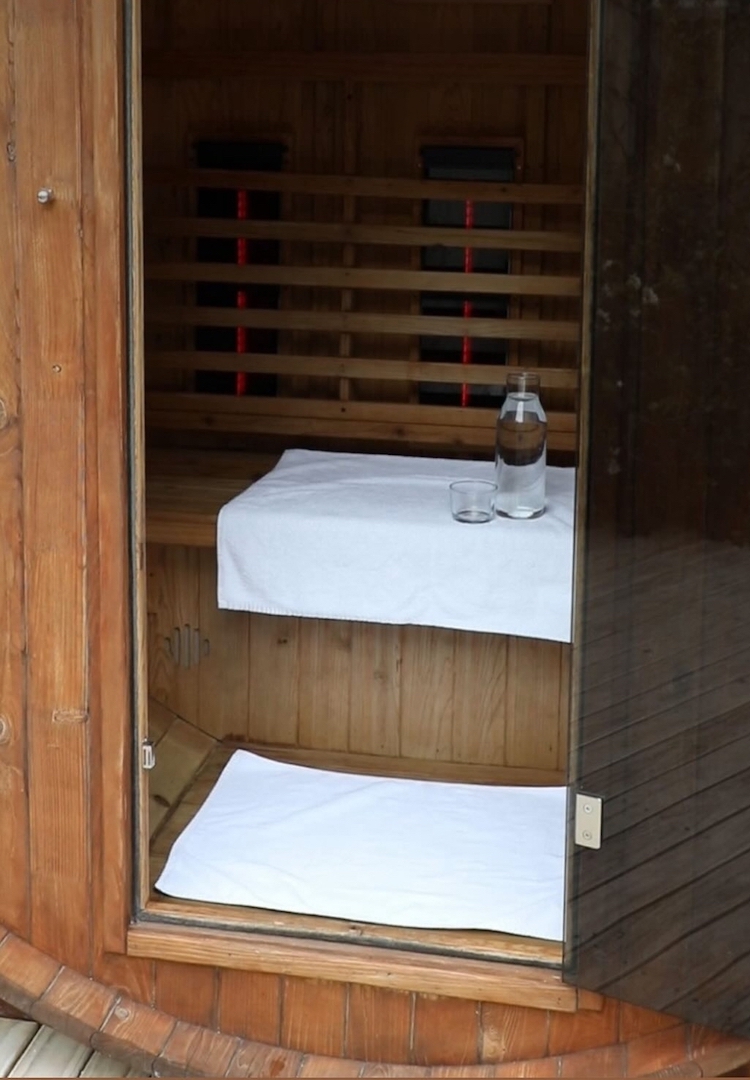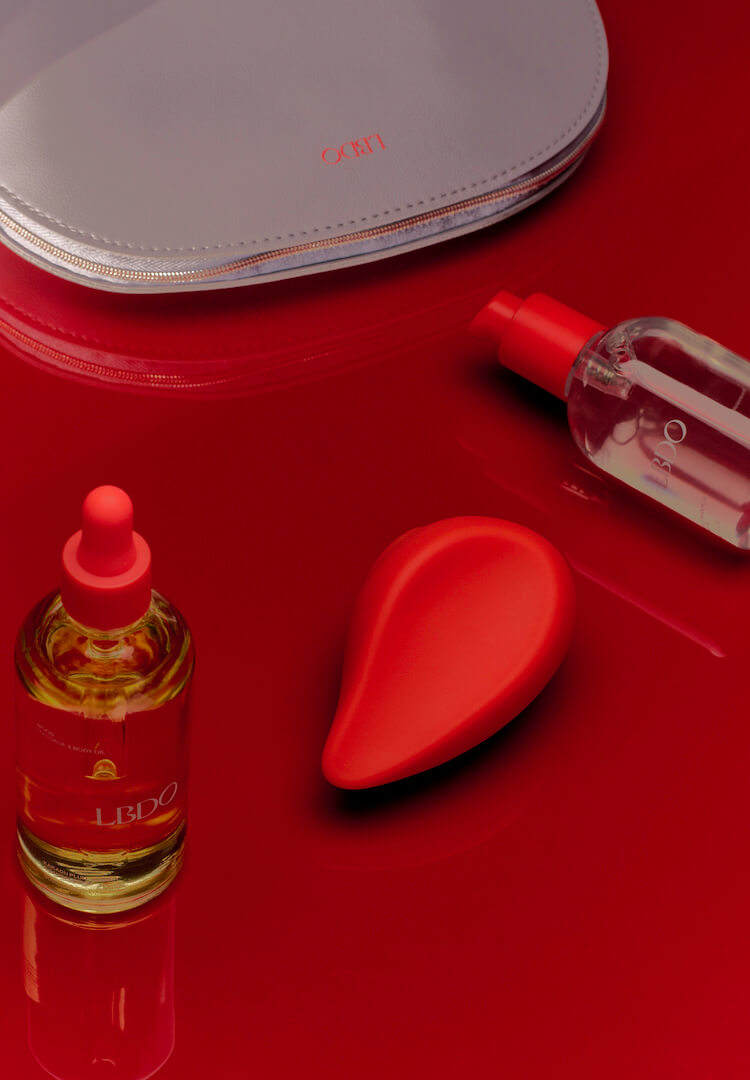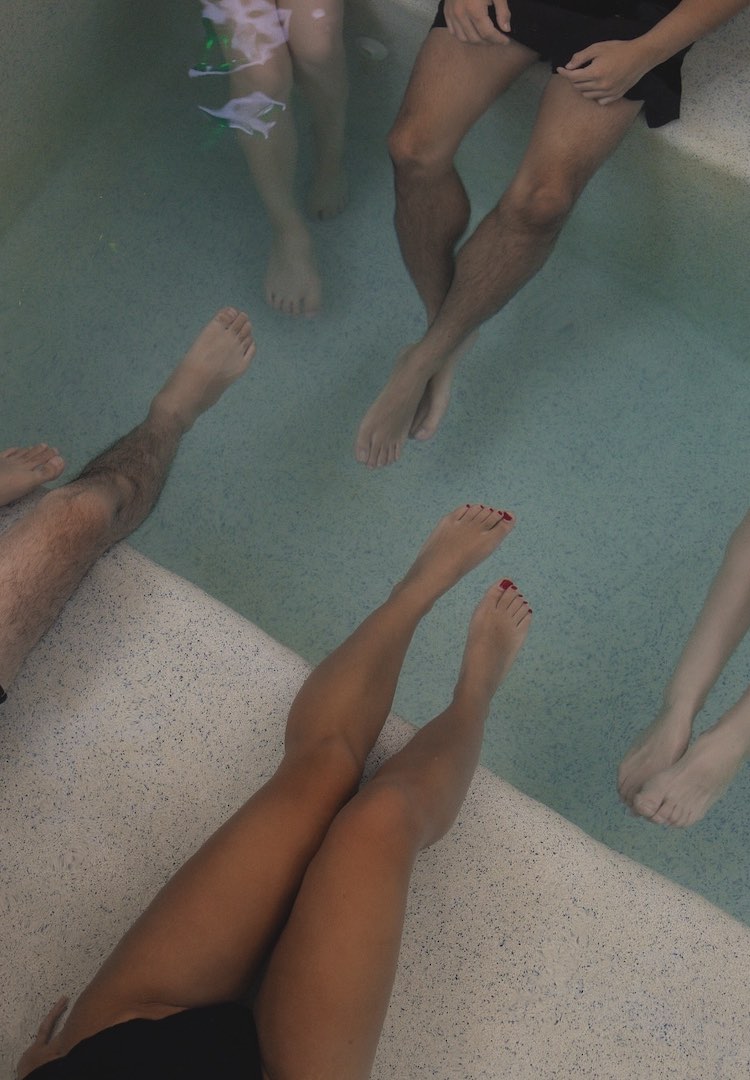Honeymoon cystitis is the UTI you didn’t know you have
WORDS BY MAGGIE ZHOU
Don’t be fooled by its name.
If you’ve got a vagina, it’s more likely than not you’ll also experience at least one urinary tract infection (UTI) in your lifetime. At least one in two AFAB people will go through the joys of UTIs. You’ll most likely have an inkling a UTI has taken over your body if you’re overcome with an urge to urinate more often, only to find you can barely get anything out. Or maybe there’s a burning sensation you experience when you urinate, and your urine is cloudy, bloody or smelly.
There are actually four types of UTIs: cystitis, urethritis, pyelonephritis and vaginitis, all referring to infections of various body parts (respectively, bladder, urethra, kidneys and vagina). Under these umbrella categories, there are even more specific types of UTIs, one of which is honeymoon cystitis. Here, we speak with Eileen* who recently was diagnosed with the condition.
Eileen felt like she was coming down with a UTI and so downed several Ural sachets and cranberry pills. After slightly getting better, she worked a 14-hour waitressing shift – which then reignited the infection as she couldn’t keep on top of regularly urinating to help flush the UTI out.
“By the end of the shift, I had pain in my pelvis, which made it so hard to walk,” she tells me. “I was needing to go to the toilet every five minutes to pass absolutely zero urine. On the occasion that I did pass urine, there was blood in it! Cause for alarm!”.
After providing a urine sample to her GP the next day, she was put on antibiotics, which helped clear it up. “Google… told me that honeymoon cystitis is a form of a UTI, caused by bacteria going directly into the bladder, in conjunction with having lots of sex or having had no sex for a long while,” she says.
Founder and Medical Director of Women’s Health Melbourne Dr Raelia Lew says that honeymoon cystitis isn’t actually a medical term, but refers to “inflammation or infection of the bladder”. Backing up Eileen’s findings, Dr Raelia explains that many women have susceptibility to UTI after sex. “Transfer of bacteria from the vagina and anus during penetrative sex, and from the mouth during oral sex, can ascend the urethra and can lead to a bladder infection.”
Dr Raelia adds that another risk factor for developing honeymoon cystitis is microabrasions of vaginal tissue around the bladder and urethra which can cause non-infectious bladder irritation. She recommends using lube and being gentle as the best protection against this irritation.
Eileen says finding out about the definition of honeymoon cystitis clicked for her. “This all made soooo much sense. Each time I had sex with this guy over a period of 30-odd hours, it was increasingly painful,” she says. “I also never peed after – big mistake.”
For such an uncomfortable infection, it sure does have a sweet name. “The honeymoon part refers to [the] excitement and increased sexual frequency in a new relationship,” Dr Raelia says. Though she adds that this UTI isn’t only exclusive to new lovers or honeymooners. “Quite often I hear complaints of this problem from couples trying to conceive a baby, who are enthusiastically timing lots and lots of sex around ovulation,” she says.
If you think you may have honeymoon cystitis, seek professional advice from your GP. But to minimise your risk of developing a UTI, Dr Raelia recommends staying hydrated and weeing after sex. “Flushing out the urethra by weeing after sex actually does work in preventing UTIs in many cases. We say ‘stasis is the basis’ for bacterial UTIs (nothing like a good flush). Prevention is better than cure.”
For more treatment options for UTIs, head here.


